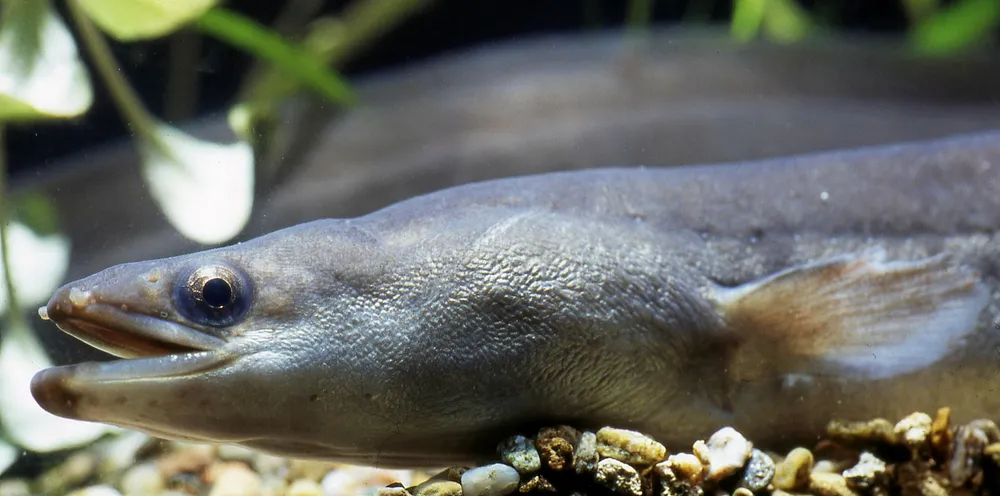Tidal power impact on marine wildlife 'significantly lower than predicted': study
New research by HR Wallingford at pioneering SeaGen project site in Northern Ireland points to 0.3% – rather than 1.1% – 'hit rate' for migrating silver eels

New research by HR Wallingford at pioneering SeaGen project site in Northern Ireland points to 0.3% – rather than 1.1% – 'hit rate' for migrating silver eels
